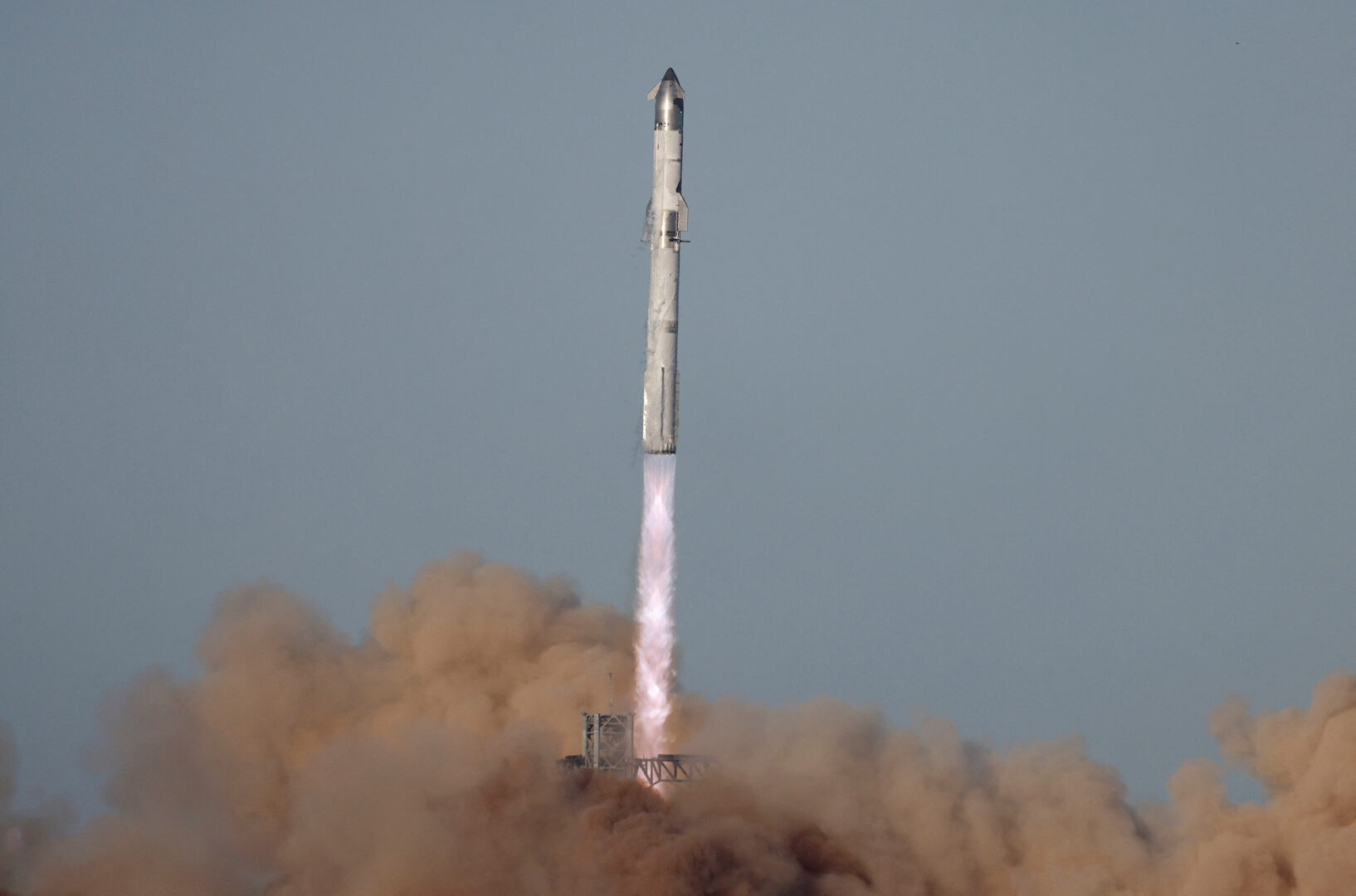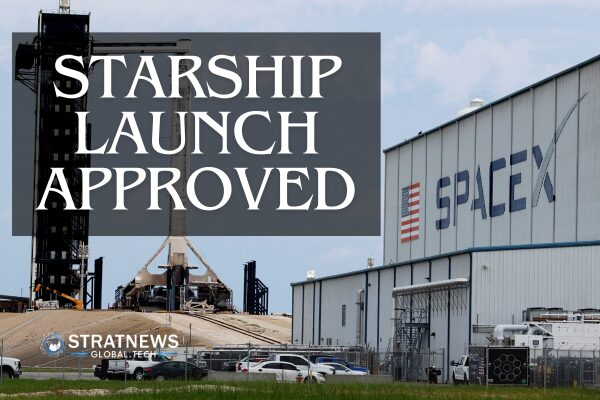FAA Grants SpaceX Launch Approval After Previous Test Failures
The US Federal Aviation Administration (FAA) has approved the next launch of SpaceX Starship rocket. This decision comes after a thorough review of safety measures following two previous test failures earlier this year. The upcoming flight, known as Starship Flight 9, could take place as early as Tuesday, 27 May, depending on weather conditions and SpaceX’s preparations.

Starship, standing at 400 feet (122 metres), is central to future US space missions. However, its recent back-to-back failures in January and March drew international attention. Debris from these tests landed in areas including the Turks and Caicos Islands, a British Overseas Territory, as well as parts of the Caribbean. This led to concerns from local residents and required cleanup efforts by SpaceX and local authorities.
Expanded Safety Zones to Protect Airspace and Communities
To address these issues, the FAA has significantly increased the designated hazard zones along Starship’s flight path. Previously stretching 885 nautical miles, the safety corridor now extends 1,600 nautical miles. This new path crosses from Texas through the Straits of Florida and includes regions such as the Bahamas and Turks and Caicos.
The FAA stated that this adjustment follows an updated flight safety analysis. This analysis considers the likelihood of rocket failure and the potential impact on people below. Additionally, the expansion is due to SpaceX’s plan to reuse a Starship booster for the first time—an important step towards making the rocket system rapidly reusable.
International Coordination and Compliance Efforts
The FAA has been in close contact with affected nations, including the United Kingdom, Mexico, Cuba, the Bahamas, and the Turks and Caicos Islands. These countries lie along Starship’s trajectory, and their cooperation is crucial for future launch approvals.
In a statement, the FAA confirmed that SpaceX met all safety, environmental, and licensing requirements. This approval marks a key milestone for the company as it continues developing its next-generation launch system.
with inputs from Reuters


